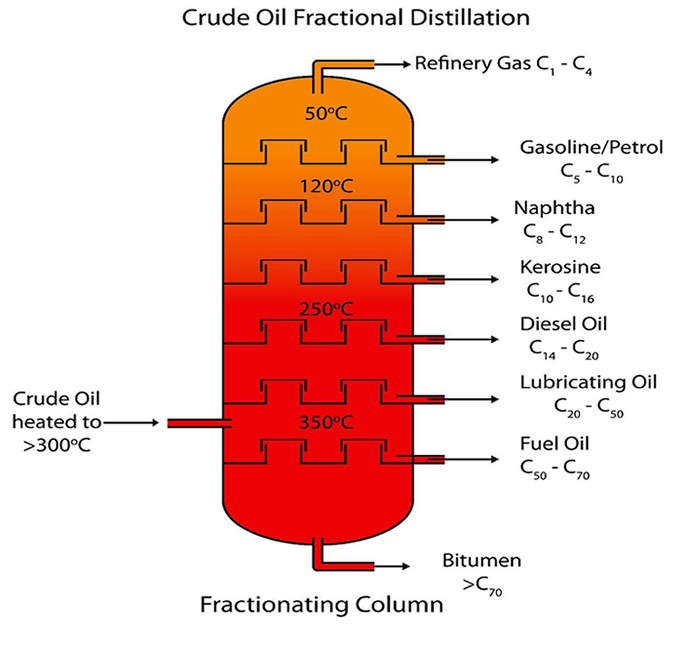The sources of used oil are as follows: (waste oil, diesel, transformer oil, heavy oil, lubricating oil, industrial heavy oil, etc.)
1) Waste oil when the equipment is replaced with lubricating oil. Whether it is a regular oil change or a quality change, the equipment is replaced with waste.
Oil is the main source of waste oil recovery.
2) Oil leakage from the equipment. Some equipment have oil leakage and oil seepage. Various recycling measures can be used for this purpose.
Waste oil. For example, set the oil pan, increase the oil retaining plate, repair the cement pit in the oil spill area, and collect the oil leaking in time with a rag. Be careful not to cut sawdust into waste oil
3)Recover waste oil from the rags of the wiping machine equipment. Put the oily rags together, put them in a suitable container, add alkaline water, steam and cook, then recycle the waste oil and wash the rag.Water and steam cooking, the waste oil can be recovered, and the rag is washed.
4) Recover waste oil from the chips. The use of high-quality cutting fluids and lubricants on the surface of the equipment can contain waste oil in the chips. Although the machine tool equipment already has the first recovery device, the chips introduced by the equipment still contain recyclable waste oil. According to the amount of chips, the waste oil is recovered by centrifuge and static method.
5) Recover used oil from the oiling device. Waste oil can be recovered from the bottom of the oil drum, oil storage tank and oil can of the lubrication station
In short, the waste oil recycling work must be constantly adhered to, collected by bit, and accumulated.
1) Collect and store the waste oils of different types and grades carefully. If the container is not enough, it is not possible to put different types or grades of oil together. It is not allowed to mix waste grease, cleaning oil, etc. into waste lubricating oil.
2) It is better to collect and store the waste oils which have great difference between the waste condition and the aging degree, so that it can be handled reasonably. For example, waste oil with a lot of mechanical impurities should be deeply precipitated first. The serious waste oil of colloidal asphalt should be refined and precipitated by bauxite first, otherwise the burden of the filter will be too heavy. For example, industrial oils used for lubricating hot friction surfaces (over 110 ° C) or for heat treatment with temperature oxidation should be collected separately and should not be mixed with general waste oil. The method, scale and pair should be based on waste oil regeneration. Recycled oil quality requirements, need to properly combine some waste oil varieties to reduce the number of containers and regeneration.
3) The barrels containing the used oil must be dedicated and marked with the type of waste oil on each barrel. The waste oil should be sealed as much as possible to prevent: sunlight exposure and a large amount of dust and moisture impurities entering the barrel to deepen the degree of deterioration. Also pay attention to the safety of arson.
4) Waste oil collected in small buckets should be incorporated into the settling tank for preliminary sedimentation and dewatering

